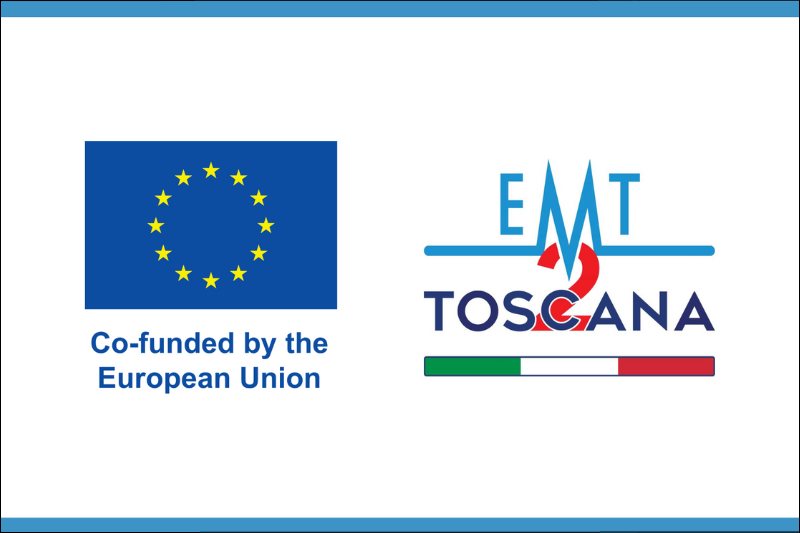Adaptation EMT2 Toscana

The Adaptation EMT2 Toscana Project is coordinated by the Department of Civil Protection-in collaboration with the Region of Tuscany and the volunteer organization GCU-Gruppo Chirurgia d'Urgenza per interventi di protezione civile-and co-funded by the European Commission's Directorate-General for Civil Protection and European Humanitarian Aid Operations, under the Union Civil Protection Mechanism.
The goal is to bring the existing GCU Advanced Medical Post with Surgery up to international standards for the Emergency Medical Team Type 2 (EMT2), a field hospital to deploy at national and international levels during disasters and humanitarian operations.
The project for the adaptation of a regional EMT2 medical module stems from a partnership between the Department of Civil Protection, the Region of Tuscany and GCU in response to the European Commission-Directorate General for Civil Protection and European Humanitarian Aid Operations (DG-ECHO)'s call for proposals for co-financing the costs of adapting the Advanced Medical Post with Surgery into a second-level medical module to use in maxi emergencies, according to the criteria established by the European Civil Protection Mechanism.
The facility, which is part of the Tuscany Region Civil Protection Mobile Column, will be subject to a series of adaptations to obtain European certification, according to World Health Organization standards.
Once the EMT2 classification is achieved, the module will be enrolled in the European Civil Protection Pool (ECCP), which includes means and resources made available by member states to respond to disasters.
Adaptation EMT2 Toscana began in June 2022, has a total duration of 24 months, and has a cost of 373,550 euros, 75% funded by the European Commission.
The Tuscany Region, is responsible for coordinating activities at the local level, ensuring the recruitment of health personnel and organizing and managing training activities together with the GCU.
Through collaboration with the Regional Health System, which plays a key role in the project, the aim is to create a list of resources, about 300 people including physicians, nurses and logisticians, selected and trained and meeting the numerical and specialized standards required for EMT2.
The community allocation is aimed at enhancing the operational response to maxi-emergencies and is directed at both implementing diagnostics and health services and improving the level of training of personnel employed.
Upon completion of adaptation activities, the field hospital will be equipped with several health modules, including: an outpatient clinic, an operating room with a capacity of 20 inpatient beds, a maternal and child area, and spaces dedicated to radiology, orthopedics and rehabilitation. Also planned is an eco-friendly waste management system and the construction of a new warehouse for storing PMA and equipment.
Part of the funds will also be directed to the strengthening of the technological division and resources put in place to operate safely even in environments at risk of airborne diseases. Based on the experience gained during the COVID-19 pandemic, the field hospital will be able to deploy dedicated pathways and an isolation area capable of treating positive patients without compromising functionality in other areas, if needed.
Also included in the funding provided by the European Commission is a training and education program aimed at personnel who will work on field. The courses, organized by the Tuscany Region and GCU, delve into the topics of managing maxi emergencies, the Union Civil Defense Mechanism, but also the regulatory framework of civil protection, triage in maxi emergencies, health module composition, emergency and radio communications.
In addition, two table top exercises are planned to test the facility as a whole, from activation procedures to set-up and management of health and reporting activities.
At the end of the project, EMT-2 Toscana will be enrolled for at least three years in the ECCP-European Civil Protection Pool, a pool of resources pre-committed and made available by the states of the European Civil Protection Mechanism to respond to maxi-emergencies inside and outside the European Union. In the event of activation, it will have to ensure a prompt departure from the request by the European Union, the full operati
